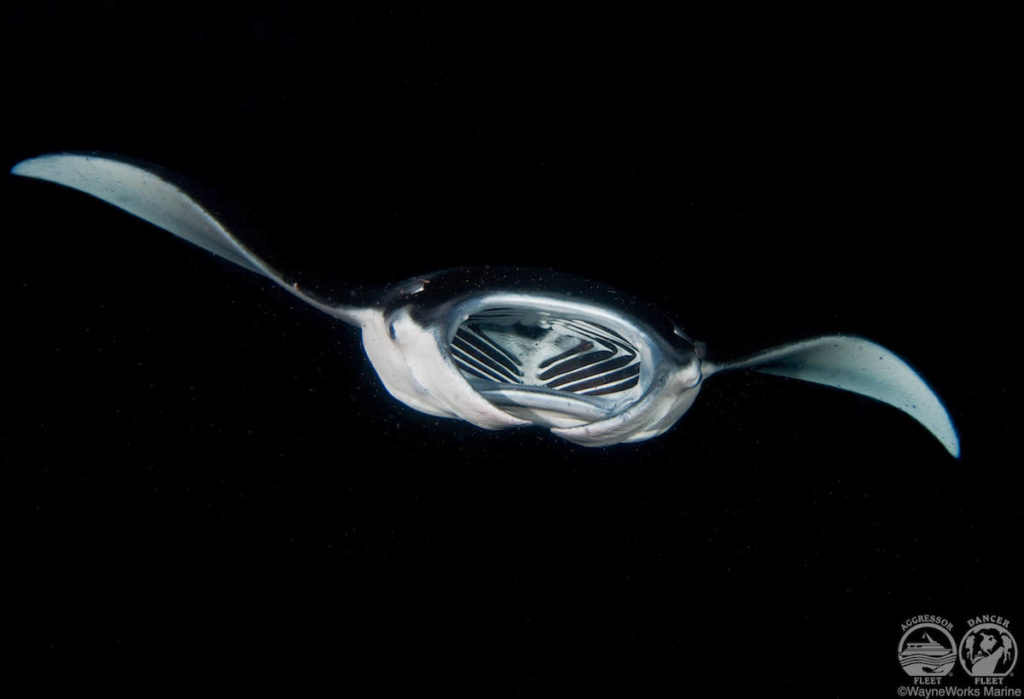Night diving is an entirely different experience to diving during the day and offers the chance to witness night-time marine life and unique behaviours.
Descending into the water as the sun goes down and watching the ocean become busy with hunting and foraging activity at night is magical. The first time can be a daunting experience though, as even familiar dive sites look entirely different at night and divers can only see what their torch illuminates. There are however some ways divers can prepare for night diving to make it relaxed, fun and safe.
Diving a site during the day is a good way to become familiar with the area and most liveaboards will ask divers to do a day dive prior to the night dive. It is also a good opportunity to adjust scuba equipment for that particular site and test dive torches. It is a lot easier to adjust dive gear during the day than at night, to ensure everything is working and the equipment is comfortable.
There is no need to go deep during night dives, as divers can only see as far as their torch beam. Depth and visibility become irrelevant and keeping the dive shallow allows divers to appreciate the colours and marine life only seen at night.
Divers should always carry a back-up torch at night to prevent any torch failure leaving them literally in the dark. Strapping a tank light to the tank is also worthwhile to ensure divers are visible and can easily locate one another.
The best time to jump in is just before sunset. Light disappears quickly underwater and jumping in before the sun goes down makes the entry easier and takes away the daunting aspect of jumping in the water when it is dark.
One of the most spectacular night dives is diving with manta rays at Kona, Hawaii and the Kona Aggressor II offers safaris that include this dive.
Read our Ten Best Tips for Night Diving and get ready for a night diving adventure of a lifetime.







